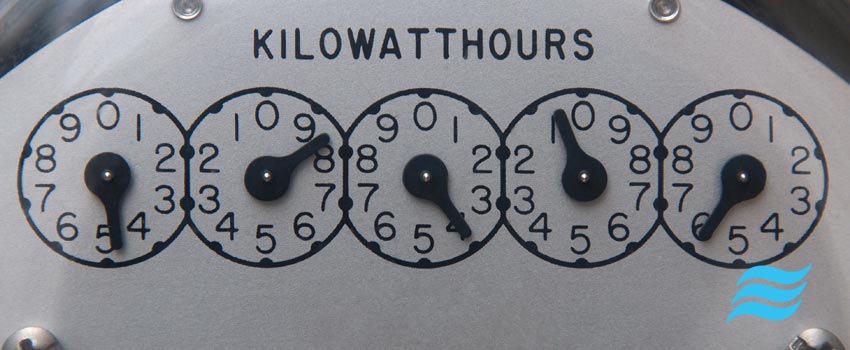
Your HVAC System Efficiency Begins with Proper Installation
“I want to buy a new HVAC system today” … said no one ever.
There is a silver lining when the time comes to replace your air conditioning and heating system. In the past 10-12 years, there have been a lot of efficiency improvements in the design of home comfort systems. With these improvements comes huge energy savings for you. That is IF the system is configured, installed and fine tuned properly. Otherwise, your lofty savings, go right out the window.
Installing a new HVAC system is not a DIY project for a homeowner or your handyman friend (although I’m sure he or she is very capable). It takes a thorough understanding of thermodynamics and sizing of the system to the home, proper configurations with existing systems, local building codes, safety and equipment operation, and last but not least, how to fine tune the systems for your unique home’s layout. There is no “one-size-fits-all” HVAC system configuration.
If the installation job is done poorly, lost energy efficiency is the least of your problems. Improperly installed systems can pose deadly risks of fire, carbon monoxide poisoning and other dangers.
Here are four of the most serious ways in which shoddy installation work can rob you of the benefits of a new HVAC system:
Your System is the Wrong Size
HVAC systems come in all shapes and sizes, and a complex formula must be applied to determine the system capacity that is just right for your unique home. If an installer misapplies this formula (or worse, simply guesses at the correct size) it can result in both an uncomfortable home and a spiraling energy bill.
When a unit is too small, it will run constantly without ever conditioning your home to the desired temperature. And when it’s too big, it will condition the space too quickly, causing the unit to cycle on and off frequently and inefficiently. This can dramatically shorten the lifespan of the unit and result in high indoor humidity in the summer, leaving your home feeling clammy.
Make sure your technician performed a Manual J.
Your System is not fine-tuned
The sad truth is you could buy a 16 SEER system and experience 11 or 12 SEER simply by your technician not fine-tuning the system from its factory settings to those that are appropriate for the home’s needs. Many HVAC companies don’t bother and some just don’t know how to factor in all the variables of your home and tweak the system to assure that the equipment can operate at as peak efficiency as possible.
[ SEER stands for Seasonal Energy Efficiency Ratio. It is akin to miles per gallon in your car. ]
Your Refrigerant is Charged Improperly
Air conditioners must be charged with refrigerant to exact specifications. When undercharged, an AC unit may develop frost or ice on its cooling coils and will fail to effectively cool your home. It can also lead to an overheating of the compressor motor, which can cause major damage to the unit.
On the other hand, an overcharged system may cool effectively but inefficiently. You might not realize the problem until that first energy bill arrives. But it could be worse — high refrigerant pressure could force coolant into the compressor motor, causing irreversible damage.
Your Ducts Leak
Any thorough and professional HVAC installation should include an inspection of the duct system, and repairs, replacement or reconfiguration should be conducted as needed. Leaky air ducts are a primary cause of HVAC efficiency loss, and there’s just no point in upgrading to an energy efficient system if you’re going to let all your treated air leak into your basement, attic and the spaces between your walls.
In some cases, this inspection can lead a qualified installer to design a vastly more efficient ductwork system, resulting in an HVAC upgrade that saves even more energy than the homeowner initially bargained for.
Installation is not an afterthought — it’s what will keep your family safe, your home comfortable and your utility bills low. If you’re planning for a system upgrade or replacement and want to talk to an installer you can trust, reach out to Nichols & Phipps for a no-obligation consultation.
Check out our other blogs for some great HVAC advice:
- Monthly Guide To HVAC Maintenance
- The 5 Biggest HVAC Myths
- How to Get Your AC Read For Summer After A Long Winter
- Pet Owners! Get More Life Out Of Your HVAC Unit With These 6 Tips
- Gas Leaks and How to Prevent Them
- How to Remove Humidity From Your Home
- Signs of a Damaged Furnace Heater
- 5 Biggest HVAC Myths
- 5 Tips For Spring Cleaning Your HVAC System
